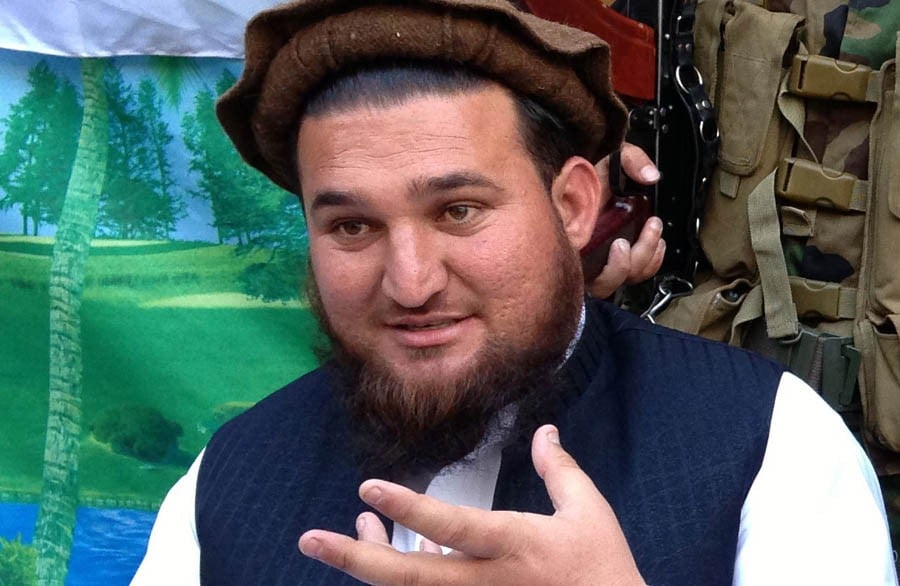
Since drone strikes have killed prominent TTP leaders one after the other, the state now acts from a position of strength

Formation of the TTP was announced in December 2007. In South Waziristan, 13 militant groups joined Baitullah Mehsud who already had 5,000 fighters under him and had emerged as a prominent militant commander after the 2004 CIA drone-strike death of Nek Muhammad, a jihadi leader.
The first meeting comprised 40 senior militant leaders and had representation from each of Fata’s seven agencies as well as Swat, Bannu, Tank, Lakki Marwat, Dera Ismail Khan, Kohistan, Buner and Malakand in KP. The group, while separate from the Afghan Taliban, pledged allegiance to Mullah Omer and declared him their Ameer-ul-Momineen.
Their objectives included the enforcement of Shariah law, fighting Nato forces in Afghanistan and waging a "defensive jihad" against the Pakistan army. They also demanded abolishment of military checkpoints in Fata, the release of Lal Masjid’s Abdul Aziz, and a closure of army operations in Swat and North Waziristan.
Despite these declared objectives, Pakistan did not ban the organisation until "a thorough examination of all the aspects concerned", which could not be completed till August 2008.
At the time of TTP’s formation, Pakistan army was already fighting militant groups headed by the Tehreek-e-Nafaz-e-Shariat-e-Mohammadi (TSNM) in Swat. The TTP’s demand for closure of army operations in Swat led to collaboration between their 40-50,000 members and TSNM in terms of manpower, logistics, and intelligence.
TTP’s earliest fighters were formed in the 1980s during the recruitment of the Afghan mujahideen. These were residents of Fata who were trained and funded by the US and Pakistan to fight the Soviets. The 2001 US invasion propelled them to pick up their arms, first in support of the Afghan Taliban, and then against the Pakistani state for its complicity with Nato forces and the US.
Read also: Lal Masjid at 40
The terror organisation relied heavily on tribal loyalties and affiliations for recruitment, and built political ties with Jamiat Ulema-e-Islam Fazalur Rehman (JUI-F) led by Fazlur Rehman, which later offered the Pakistani government to play the role of intermediary during negotiations with the TTP.
TTP’s first amir, Baitullah Mehsud, was killed by a US drone strike in 2009. After him came Hakimullah Mehsud, infamous for masterminding a campaign of attacks against Afghanistan-bound Nato convoys in Khyber Pakhtunkhwa.
Then came Mulla Fazlullah, also known as ‘Mullah Radio’, former commander of TSNM, who had tried to rule Swat from 2007-09. Under his command, TTP saw infighting within the Mehsud tribe and saw the launch of Operation Zarb-e-Azb in North Waziristan; but it was also under Fazlullah that Pakistan suffered attacks on Peshawar airbase, Karachi’s international airport, a suicide bomb at Wagah, the shooting of 132 children at Army Public School Peshawar, several attacks on Shia mosques, and the Youhanabad and then the Easter attack in Lahore, among others.
While heading the Swat chapter of the TTP, it was him who sent an assassin to shoot Malala. The public shooting of Malala also shows the extent of rapid degeneration experienced by the TTP.
In 2007 when TTP was accused of assassinating Benazir Bhutto, Maulvi Omar, Baitullah Mehsud’s spokesman, had told Reuters, "Tribal people have their own customs. We don’t strike women." But by 2012, after Malala’s attempted assassination, Ehsanullah Ehsan, then central spokesman for TTP said, "It’s a clear command of shariah that any female, that by any means plays a role in war against the mujahideen, should be killed."
Ehsanullah Ehsan was sacked from the TTP in 2013 for speaking against the ceasefire the government and TTP were trying to establish. In 2014, along with other former TTP commanders, Ehsan joined Jamaat-ul-Ahrar (JuA), a splinter group of the TTP. Later, JuA along with Lashkar-e-Islam rejoined TTP, but is known to operate independently. Their most recent attacks have included the IED blast in Quetta and the attack on Mall Road in Lahore, both targeted police officials and the latter propelled military Operation Raddul Fasaad.
Last month Ehsan surrendered to Pakistani security forces. The details of the arrest have not been made public. Reportedly, Ehsan, known for maintaining communication with journalists, had been absent since late 2016. While announcing Ehsan’s surrender, Maj Gen Asim Ghafoor, DG ISPR, said, "If a person who is doing the wrong thing feels that they are on the wrong side and that they should come back towards good, then I don’t think there can be a bigger success of the state than this." Ghafoor said since the launch of Raddul Fasaad 558 suspected terrorists have surrendered to security forces. What does this mean for the morale of the remaining Taliban commanders?
Prior to 2014, the TTP was strong and the state enjoyed only rare moments of power in Fata and KP. That’s when the state extended the offer of peace talks and militants like Ehsan did not agree to sit down for talks. But since then drone strikes have killed prominent TTP leaders, one after the other. "Now, if the state negotiates, it will be from a position of strength, and the Taliban would have to take whatever it offers," writes Rahimullah Yusufzai.
Ehsan’s video confession betrays a confident, allegedly former militant who has been forgiven his sins. He "excoriates his terrorist group and vindicates Pakistan’s stand that foreign intelligence agencies have been bankrolling terror in the country," writes Yusufzai.
Some say this will encourage other militants to surrender and reintegrate into society as law-abiding citizens. Others say this is unlikely. Despite either outcome it seems that reintegration is the state’s new modus operandi of eliminating terrorism.